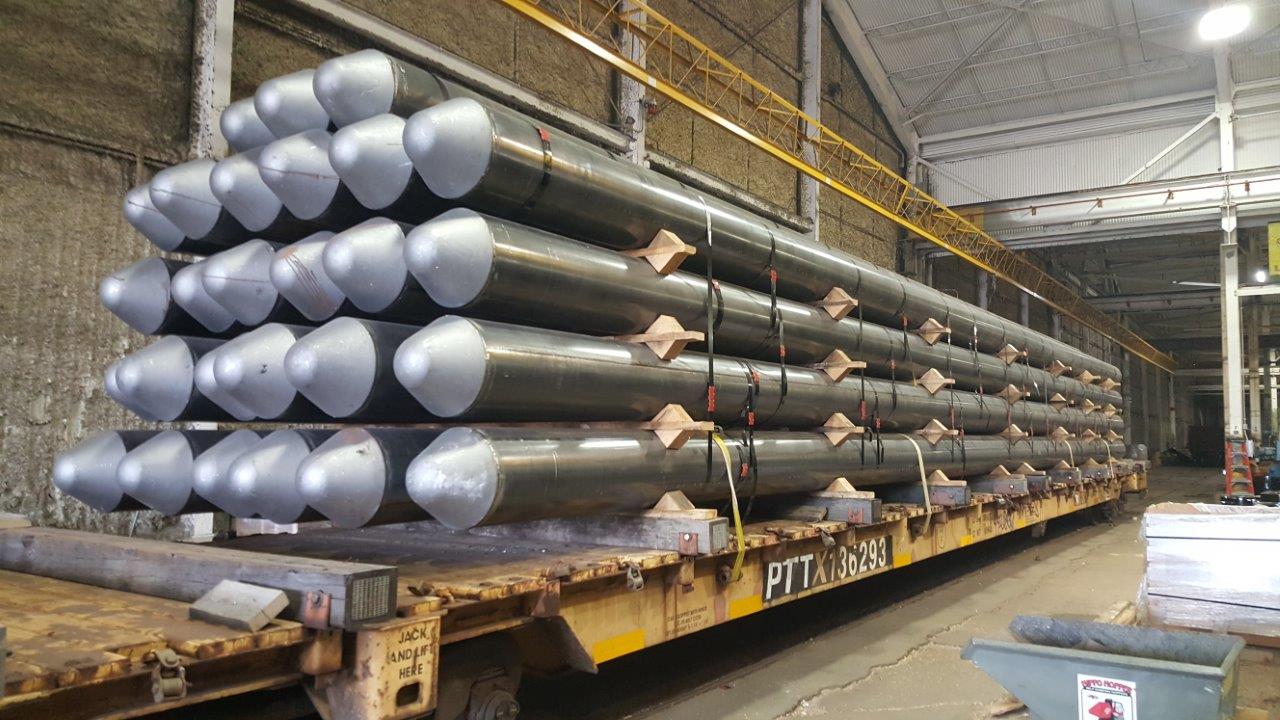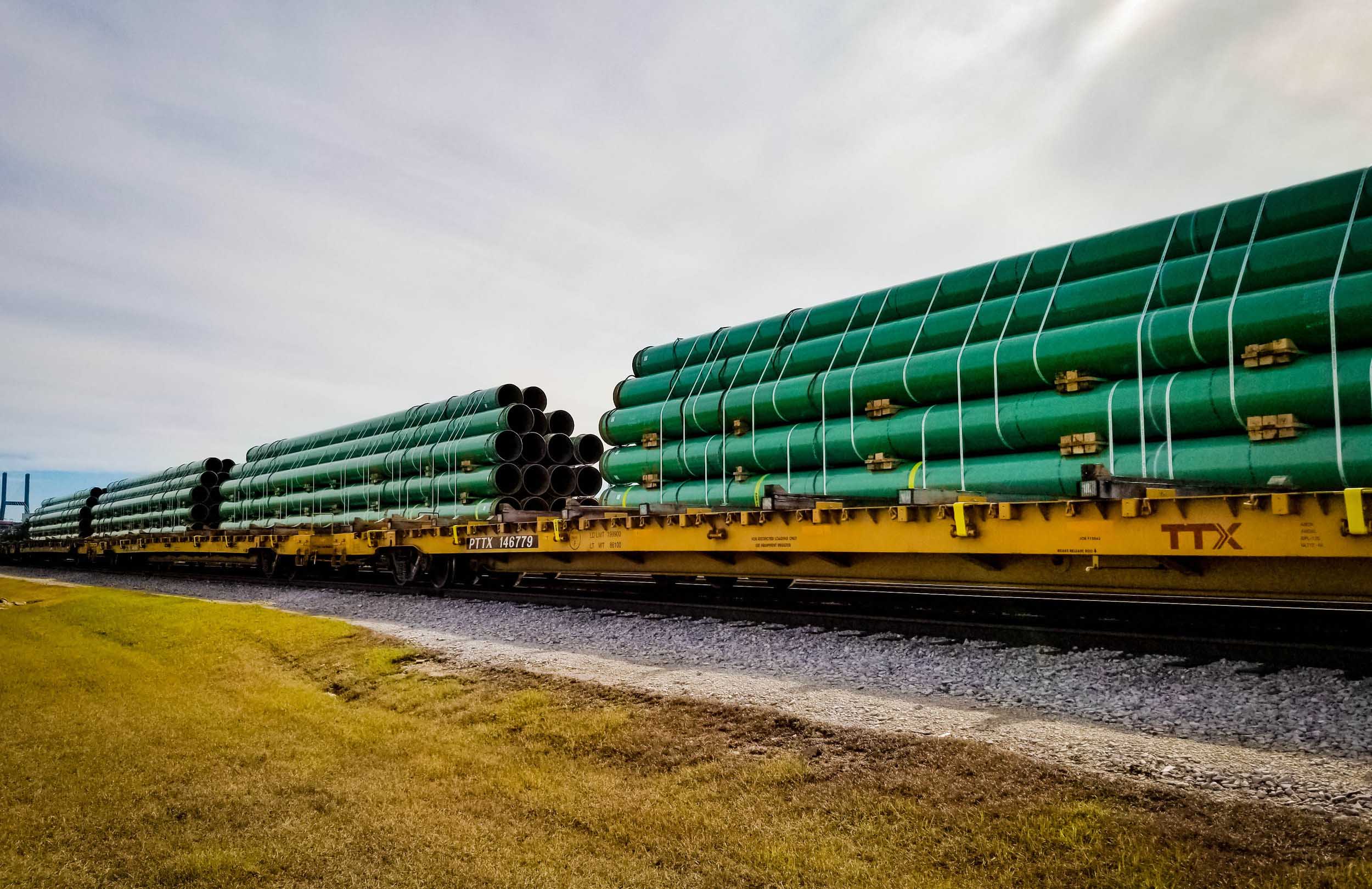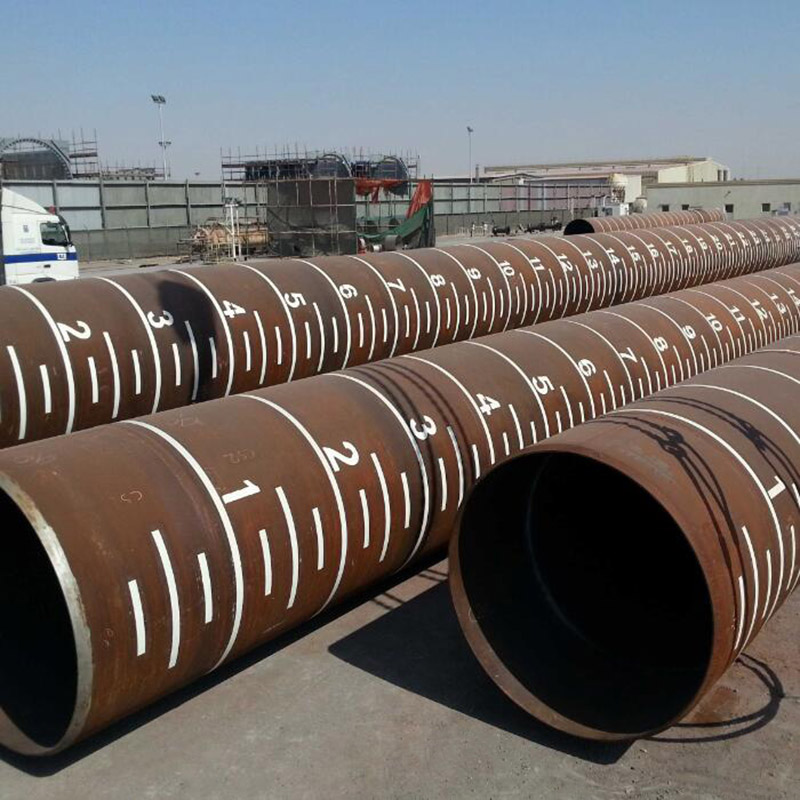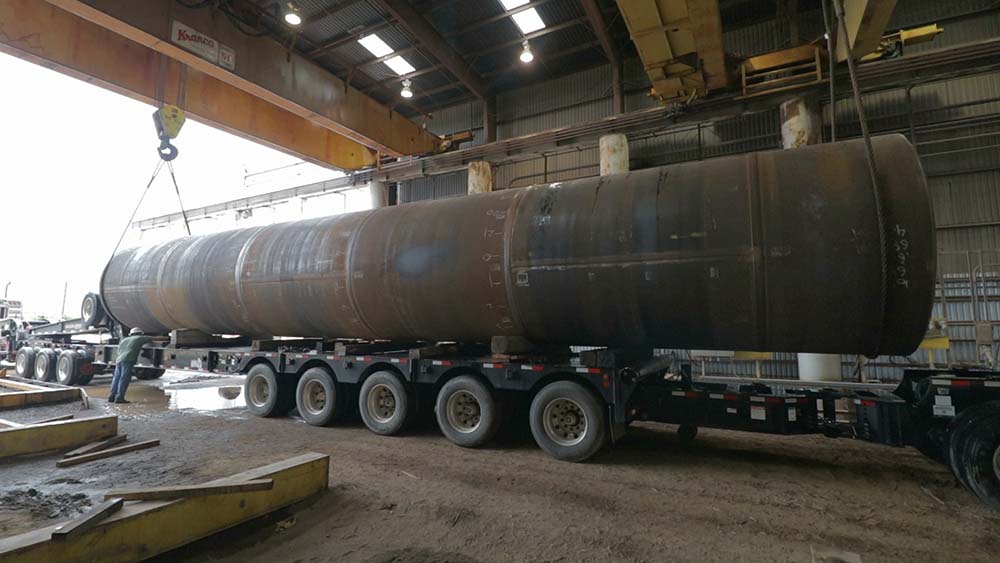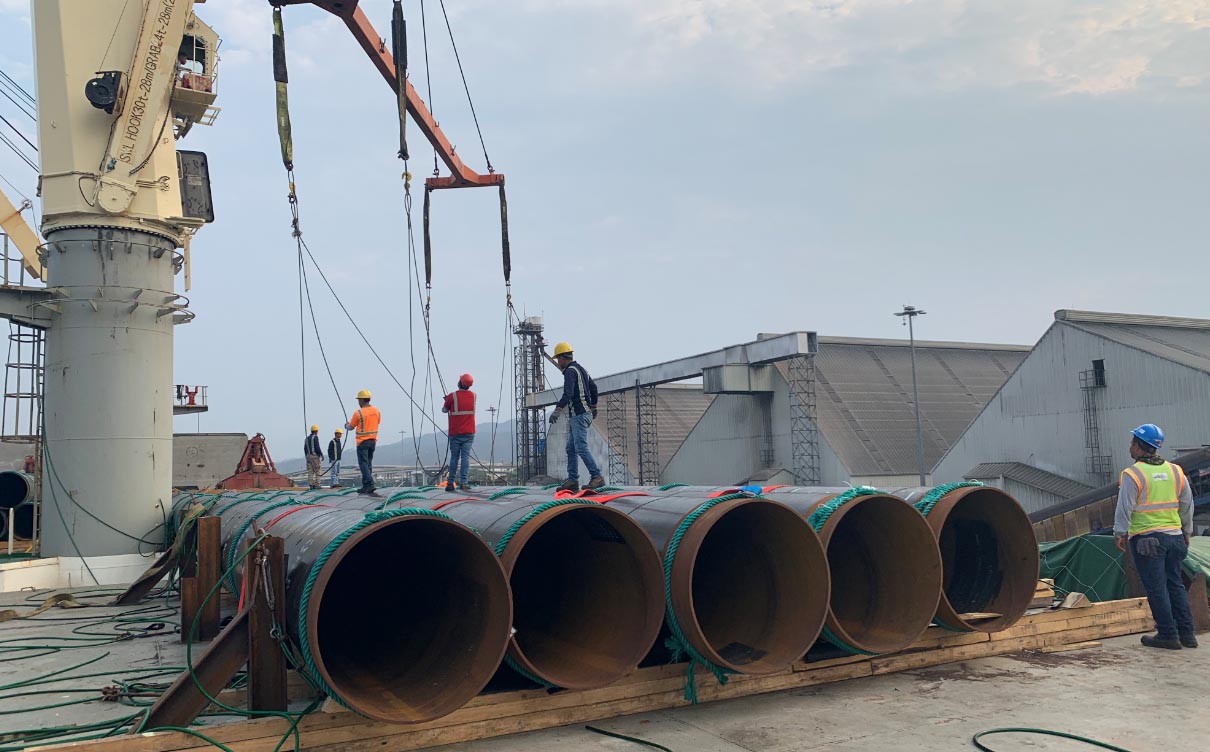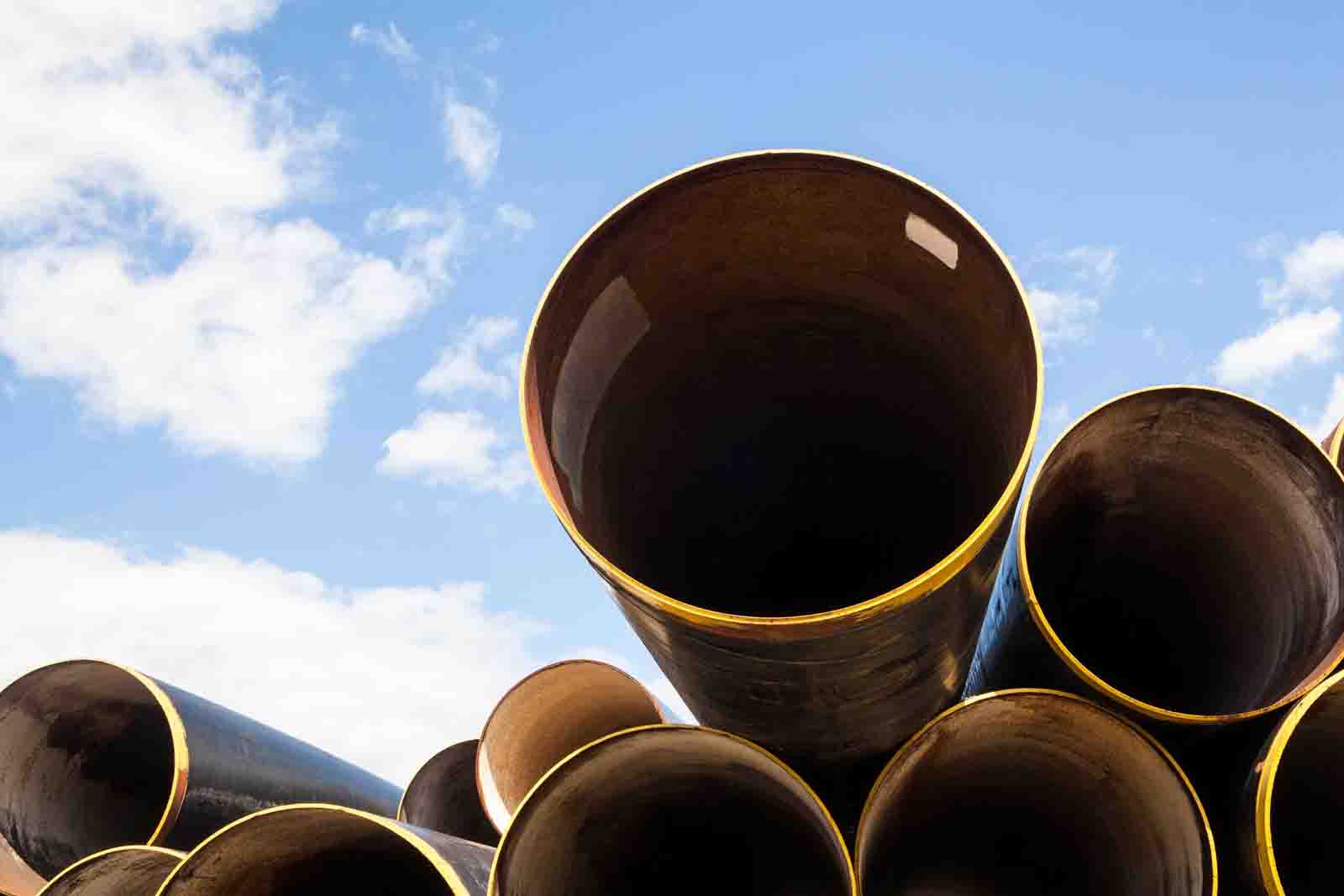Comprehensive Outline for the Topic “Profile Steel Piles”
| Main Headings | Subheadings |
|---|---|
| H1: Introduction to Profile Steel Piles | – Definition and Overview of Steel Piles |
| – Importance of Profile Steel Piles in Construction | |
| H2: Types of Profile Steel Piles | – H-Beam Steel Piles |
| – U-Shaped Sheet Piles | |
| – Z-Shaped Sheet Piles | |
| – Pipe Steel Piles | |
| – Flat Web Sheet Piles | |
| H2: Material Composition of Profile Steel Piles | – Structural Steel Grades |
| – High-Strength Low-Alloy (HSLA) Steel | |
| – ASTM Standards for Steel Piles | |
| H2: Manufacturing Process of Profile Steel Piles | – Hot Rolling Process |
| – Cold Forming Process | |
| – Welding Techniques | |
| H2: Structural Properties of Profile Steel Piles | – Strength and Load-Bearing Capacity |
| – Flexibility and Bending Resistance | |
| – Corrosion Resistance | |
| H2: Applications of Profile Steel Piles | – Foundation Support for Buildings |
| – Retaining Walls and Embankments | |
| – Bridge and Marine Construction | |
| – Flood Control and Dams | |
| – Temporary Cofferdams | |
| H2: Advantages of Using Profile Steel Piles | – High Structural Strength |
| – Ease of Installation | |
| – Durability in Harsh Environments | |
| – Reusability and Sustainability | |
| H2: Design Standards and Specifications | – ASTM Standards for Profile Steel Piles |
| – EN 10248: European Standards for Sheet Piles | |
| – JIS Standards (Japanese Industrial Standards) | |
| – ISO Certification Requirements | |
| H2: Comparison of Profile Steel Piles with Other Pile Types | – Steel Piles vs Concrete Piles |
| – Steel Piles vs Timber Piles | |
| – Steel Sheet Piles vs Pipe Piles | |
| H2: Installation Techniques for Profile Steel Piles | – Driving Methods (Impact Hammers, Vibratory Drivers) |
| – Press-In Methods | |
| – Jetting Techniques | |
| – Site Preparation and Safety | |
| H2: Coating and Corrosion Protection | – Anti-Corrosion Coatings |
| – Hot-Dip Galvanizing | |
| – Fusion-Bonded Epoxy Coatings | |
| – Cathodic Protection Systems | |
| H2: Environmental Impact and Sustainability | – Eco-Friendly Aspects of Steel Piles |
| – Recyclability and Reusability | |
| – Reducing Carbon Footprint | |
| H2: Cost Considerations for Profile Steel Piles | – Material and Manufacturing Costs |
| – Installation Costs | |
| – Lifecycle Cost Analysis | |
| H2: Case Studies of Profile Steel Pile Applications | – Bridge Construction Project |
| – Marine Dock Construction | |
| – Retaining Wall Installation | |
| H2: Maintenance and Inspection of Steel Piles | – Routine Inspection Techniques |
| – Common Damage and Repair Solutions | |
| – Long-Term Performance Monitoring | |
| H2: Buying Guide for Profile Steel Piles | – Choosing the Right Type for Your Project |
| – Evaluating Supplier Quality and Certifications | |
| – Factors to Consider: Size, Strength, and Coating | |
| H2: Frequently Asked Questions (FAQs) | – What Are Profile Steel Piles? |
| – What Types of Profile Steel Piles Are Available? | |
| – Where Are Profile Steel Piles Commonly Used? | |
| – How Are Profile Steel Piles Installed? | |
| – How Long Do Steel Piles Last? | |
| H2: Conclusion | – Summary of Benefits and Applications |
| – Final Thoughts on Profile Steel Pile Technology |
Long-Form Article on Profile Steel Piles
H1: Introduction to Profile Steel Piles
Profile steel piles are structural steel elements used for deep foundation support, retaining walls, and load-bearing applications in construction and marine projects. Designed for strength, durability, and adaptability, profile steel piles offer reliable solutions for challenging soil conditions and environments.
Unlike traditional piles, profile steel piles include different cross-sectional shapes—such as H-beams, U-shaped, Z-shaped, and flat web sheet piles—each serving specific structural and functional purposes.
H2: Types of Profile Steel Piles
Profile steel piles are available in a variety of shapes and designs to suit diverse applications:
1. H-Beam Steel Piles
- H-shaped cross-section for high structural strength.
- Suitable for load-bearing foundations.
2. U-Shaped Sheet Piles
- Interlocking design for retaining walls and embankments.
- Provides excellent soil retention.
3. Z-Shaped Sheet Piles
- Improved load-bearing capacity compared to U-shaped piles.
- Ideal for large retaining structures and marine applications.
4. Pipe Steel Piles
- Cylindrical steel piles for deep foundation support.
- Suitable for marine and bridge construction.
5. Flat Web Sheet Piles
- Flat cross-section for lighter soil retaining applications.
- Cost-effective and easy to install.
H2: Material Composition of Profile Steel Piles
Profile steel piles are made from high-strength steel to ensure structural integrity and resistance to environmental stress.
Common Structural Steel Grades
- ASTM A572: High-strength low-alloy steel with good weldability.
- ASTM A36: Carbon steel for general structural purposes.
- ASTM A690: High-strength steel with enhanced corrosion resistance for marine applications.
Standards for Steel Piles
- ASTM A328: Standard for sheet piling.
- EN 10248: European standards for hot-rolled steel sheet piles.
- JIS A5528: Japanese standards for steel sheet piles.
H2: Manufacturing Process of Profile Steel Piles
- Hot Rolling Process:
- Steel billets are heated and rolled into the desired profile shape.
- Ensures uniform thickness and strength.
- Cold Forming Process:
- Steel sheets are cold-formed into interlocking profiles.
- Provides cost efficiency and design flexibility.
- Welding Techniques:
- Used for pipe piles and fabricated sheet pile sections.
- Ensures structural integrity at joints.
H2: Structural Properties of Profile Steel Piles
- Strength and Load-Bearing Capacity:
- Steel piles can withstand heavy vertical and lateral loads.
- Suitable for deep foundations and marine applications.
- Flexibility and Bending Resistance:
- Profile designs like Z-shaped piles offer high resistance to bending under lateral pressure.
- Corrosion Resistance:
- Enhanced with coatings, galvanizing, or high-strength corrosion-resistant steel (ASTM A690).
H2: Applications of Profile Steel Piles
- Foundation Support for Buildings:
- Provides stability in weak or soft soil conditions.
- Retaining Walls and Embankments:
- Used for earth retention in infrastructure projects.
- Bridge and Marine Construction:
- Supports piers, docks, and offshore platforms.
- Flood Control and Dams:
- Prevents soil erosion and controls water flow.
- Temporary Cofferdams:
- Creates watertight enclosures for construction below water levels.
H2: Advantages of Using Profile Steel Piles
- High Structural Strength: Can bear heavy loads in diverse conditions.
- Ease of Installation: Efficient driving and interlocking systems.
- Durability in Harsh Environments: Resistant to corrosion and mechanical stress.
- Reusability and Sustainability: Steel piles can be reused and recycled, reducing environmental impact.
H2: Coating and Corrosion Protection
To improve durability, profile steel piles are treated with protective coatings:
- Hot-Dip Galvanizing: Provides a zinc layer for corrosion resistance.
- Fusion-Bonded Epoxy (FBE) Coatings: Protects against chemical and water corrosion.
- Bitumen Coatings: Cost-effective solution for submerged piles.
- Cathodic Protection: Prevents electrochemical corrosion in marine environments.
H2: Maintenance and Inspection of Steel Piles
- Routine Inspections: Visual checks for corrosion, deformation, and cracks.
- Non-Destructive Testing (NDT): Ultrasonic or radiographic tests to identify hidden damage.
- Repairs: Damaged sections can be reinforced through welding or additional coating.
H2: Frequently Asked Questions (FAQs)
1. What Are Profile Steel Piles?
They are steel structural elements with various shapes used for foundations, retaining walls, and marine construction.
2. What Types of Profile Steel Piles Are Available?
H-beam, U-shaped, Z-shaped, pipe piles, and flat web sheet piles.
3. Where Are Profile Steel Piles Commonly Used?
In building foundations, marine structures, flood control systems, and retaining walls.
4. How Are Profile Steel Piles Installed?
Using driving methods such as impact hammers, vibratory drivers, and press-in techniques.
5. How Long Do Steel Piles Last?
With proper coatings and maintenance, they can last 50+ years, even in harsh environments.
H2: Design Standards and Specifications for Profile Steel Piles
To ensure consistency, reliability, and safety in construction projects, profile steel piles are manufactured and tested according to internationally recognized standards and specifications. These standards specify dimensions, material properties, and performance requirements.
Key International Standards
| Standard | Description | Application |
|---|---|---|
| ASTM A328/A328M | Standard specification for steel sheet piling. | Retaining walls, flood barriers. |
| ASTM A572 | High-strength low-alloy steel piles. | Structural and foundation piling. |
| EN 10248 | European standard for hot-rolled steel sheet piles. | Marine construction and soil retention. |
| JIS A5528 | Japanese standard for steel sheet piles. | General construction and embankments. |
| ISO 10605 | International standard for steel piling tolerances. | Quality control and inspections. |
These standards ensure that steel piles meet the structural and environmental demands of various industries, such as marine construction, foundation support, and infrastructure development.
H2: Installation Techniques for Profile Steel Piles
Proper installation of profile steel piles is crucial to achieving the desired performance in construction projects. The choice of installation method depends on factors such as soil conditions, pile type, and site constraints.
1. Impact Driving
- Process: Steel piles are driven into the ground using impact hammers (drop hammers, diesel hammers, or hydraulic hammers).
- Applications: Commonly used for H-beam piles and pipe piles.
- Advantages: High precision and strong pile penetration in dense soils.
2. Vibratory Driving
- Process: Vibratory hammers are used to drive piles into the ground by creating vibrations.
- Applications: Suitable for sheet piles and pipe piles in loose or soft soils.
- Advantages: Faster installation with less noise and ground disturbance.
3. Press-In Methods
- Process: Hydraulic jacks push piles into the ground without noise or vibrations.
- Applications: Ideal for urban environments or areas with noise restrictions.
- Advantages: Minimizes soil displacement and structural impacts.
4. Jetting Techniques
- Process: High-pressure water jets are used to loosen the soil while driving piles.
- Applications: Used in sandy or loose soil conditions.
- Advantages: Reduces resistance and speeds up installation.
H2: Comparison of Profile Steel Piles with Other Pile Types
Profile steel piles offer unique advantages over other traditional pile materials like concrete or timber.
| Property | Steel Piles | Concrete Piles | Timber Piles |
|---|---|---|---|
| Strength | High tensile and compressive strength. | Moderate strength. | Low to moderate strength. |
| Installation | Easy to drive and interlock. | Requires heavy equipment. | Hand-driven in small projects. |
| Corrosion Resistance | Improved with coatings. | Prone to cracking and water damage. | Susceptible to rot and insects. |
| Durability | Long-lasting (50+ years). | Moderate lifespan. | Short lifespan without treatment. |
| Reusability | 100% recyclable and reusable. | Not reusable. | Limited reusability. |
| Cost | Moderate initial cost. | High installation cost. | Low initial cost. |
Key Insight: Profile steel piles provide superior strength, durability, and versatility compared to concrete and timber piles, making them the preferred choice for critical infrastructure projects.
H2: Case Studies of Profile Steel Pile Applications
1. Bridge Construction in Coastal Environments
- Project: A coastal bridge in Florida required deep foundation support with corrosion-resistant materials.
- Solution: Z-shaped steel sheet piles (ASTM A690) were used due to their excellent corrosion resistance in saltwater.
- Outcome: The bridge foundation achieved high load-bearing capacity with long-term durability.
2. Marine Dock Installation
- Project: A large cargo dock required retaining walls to support heavy equipment and resist soil erosion.
- Solution: U-shaped steel sheet piles were interlocked and driven using vibratory hammers.
- Outcome: The dock structure provided strong soil retention and stability for heavy loads.
3. Flood Barrier Construction
- Project: A flood-prone area in Europe needed a durable flood wall system.
- Solution: Hot-rolled steel sheet piles (EN 10248) with fusion-bonded epoxy coatings were installed.
- Outcome: The flood barrier effectively prevented water ingress and erosion, ensuring long-term protection.
H2: Maintenance and Inspection of Steel Piles
Routine maintenance and inspections are essential to maximize the lifespan of profile steel piles, especially in corrosive or high-load environments.
1. Routine Inspection Techniques
- Visual Inspection: Check for signs of corrosion, deformation, or cracks.
- Non-Destructive Testing (NDT): Ultrasonic and radiographic testing to detect internal defects.
- Coating Assessment: Measure coating thickness and repair any damaged sections.
2. Common Damage and Repair Solutions
| Type of Damage | Cause | Repair Method |
|---|---|---|
| Corrosion | Exposure to moisture or saltwater. | Reapply anti-corrosion coatings. |
| Cracks and Deformation | High loads or impact forces. | Weld reinforcement and repair. |
| Coating Damage | Abrasion or installation issues. | Spot repairs with epoxy or galvanizing. |
H2: Frequently Asked Questions (FAQs)
1. What Are Profile Steel Piles?
Profile steel piles are structural steel elements with various cross-sections (e.g., H-beam, Z-shaped, U-shaped) used in construction and marine applications.
2. What Types of Profile Steel Piles Are Available?
The common types include H-beam piles, Z-shaped sheet piles, U-shaped sheet piles, and pipe piles.
3. Where Are Profile Steel Piles Commonly Used?
They are used in building foundations, retaining walls, flood barriers, marine docks, and bridge construction.
4. How Are Profile Steel Piles Installed?
They are installed using methods such as impact driving, vibratory driving, press-in techniques, and jetting.
5. How Long Do Steel Piles Last?
With proper coatings and maintenance, steel piles can last 50 years or more, even in harsh environments.
H2: Conclusion
Profile steel piles are an essential solution for deep foundation, retaining wall, and marine construction projects due to their high strength, durability, and versatility. Available in various shapes like H-beam, U-shaped, Z-shaped, and pipe piles, they cater to diverse structural needs while offering long-term reliability.
Their adaptability, ease of installation, and eco-friendly properties—such as recyclability and reusability—make them a preferred choice for engineers and contractors worldwide. By ensuring proper coating, regular maintenance, and adherence to international standards, profile steel piles deliver cost-effective and sustainable solutions for modern infrastructure projects.

